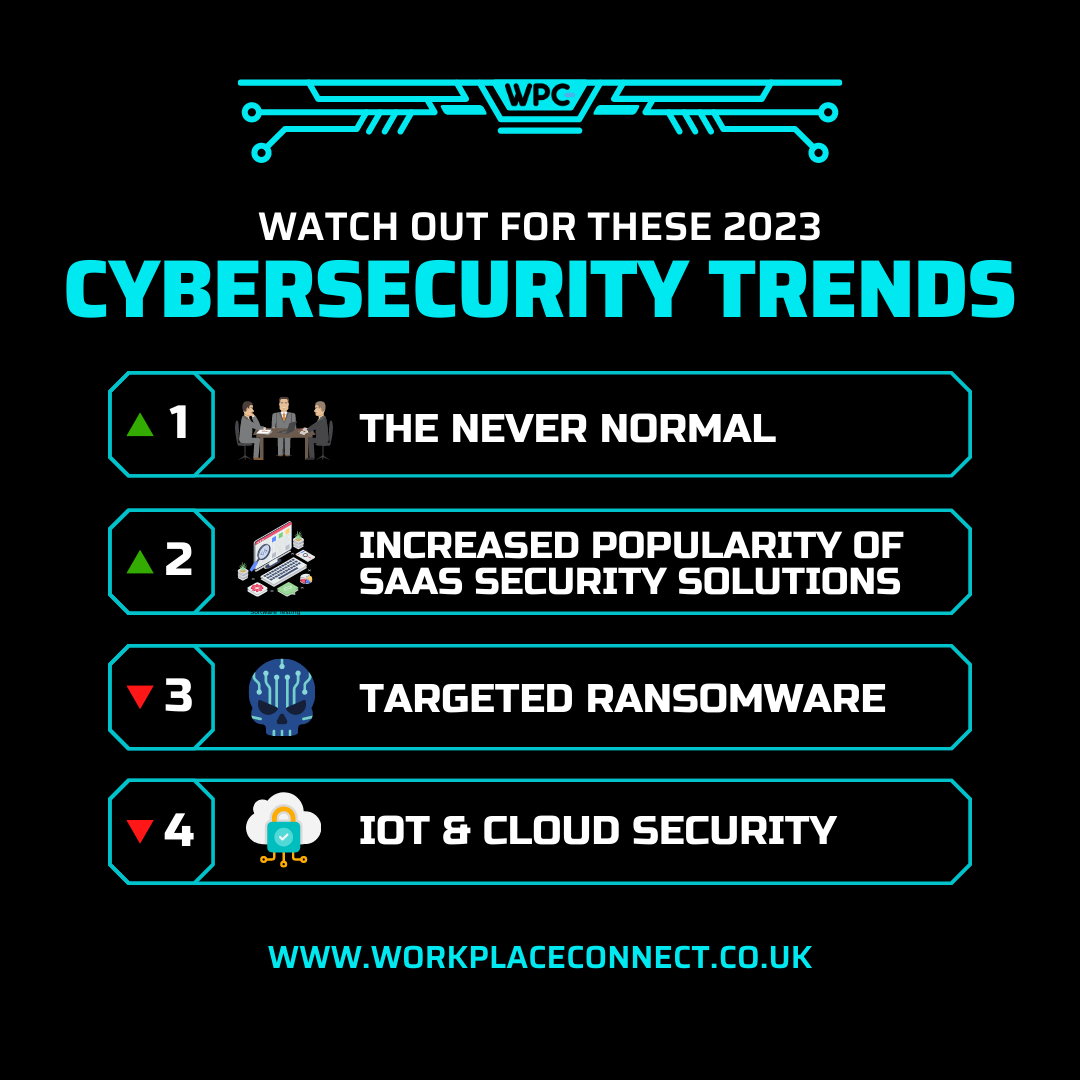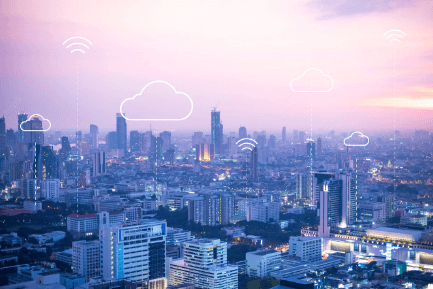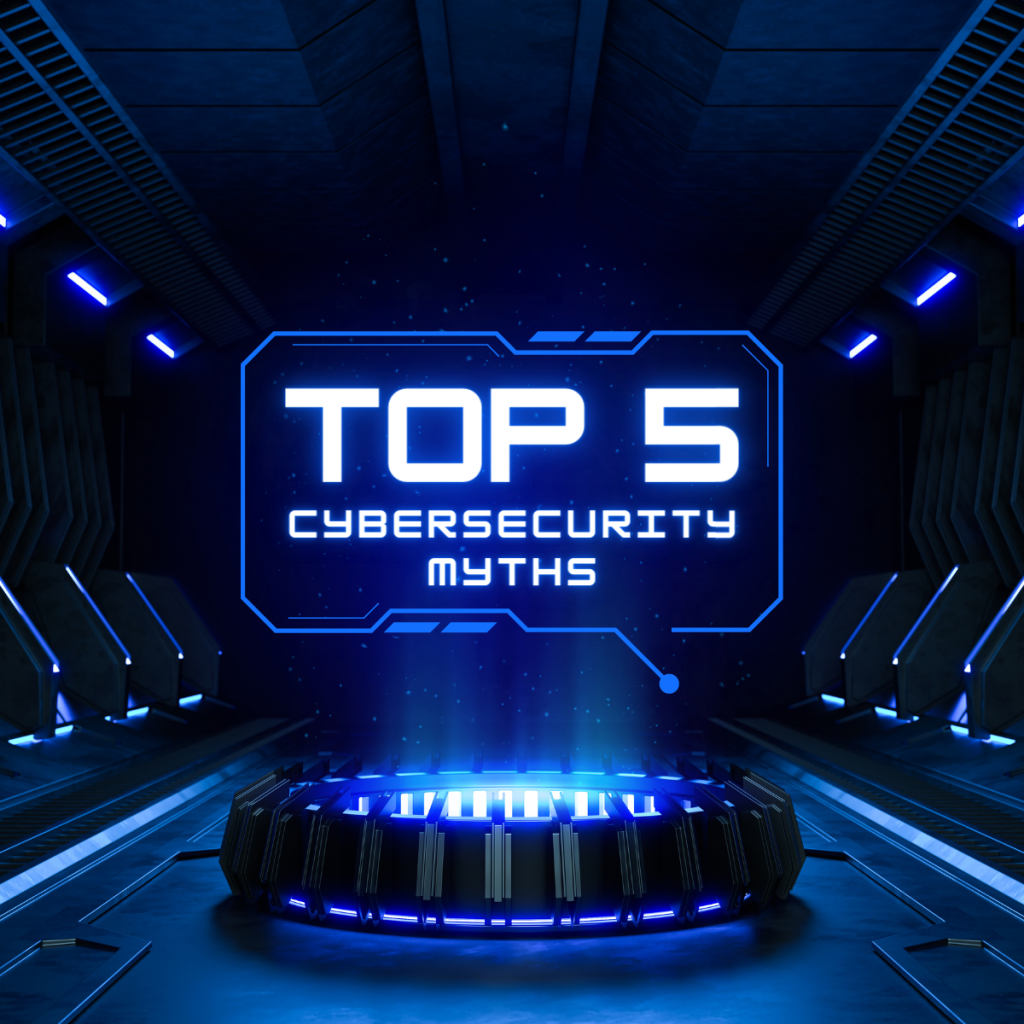Prepare For Cybersecurity Trends
The pandemic was largely over by 2022, at which point people began to notice changes in the global business environment. More transactions are now done online. Home-based work had become commonplace. A lot of tangible assets had been replaced by digital ones, artificial intelligence had begun to permeate the industry, and the Russia-Ukraine war had increased cyber dangers.
Along with these new problems have come more established threat vectors. Ransomware is still a major problem, and the increasing commercial accessibility of offensive cyber tools has made low-sophistication cybercrime a constant annoyance for CISOs and security teams.
The cyber world, however, is continuously evolving. Therefore in the section that follows, we examine four cybersecurity trends that we anticipate will become more prevalent in 2023.
1. The Never Normal
Things will probably start to build up as security teams recuperate from 2022 and go into 2023, including supply chain and cybersecurity problems, ethical considerations, and legislative demands. The “never normal” revolves around this ongoing difficulty.
The idea of “never normal” also refers to businesses that are always evolving and changing all aspects of their operations in order to establish an agile security plan. It’s important to have a security plan that can change with the direction the company is taking. It concerns how security teams must maintain all the various security pie pieces that are in accordance with what the industry demands. It involves adjusting security to the overall cybersecurity landscape as well as the direction that markets are leading us from a trade and economic perspective.
2. Increased Popularity of SaaS security solutions
Strong security is becoming more necessary as businesses and consumers depend more on cloud computing and software solutions. SaaS security solutions have cost savings over conventional on-premise systems and the benefit of quickly growing up or down, according to demand. These solutions also are excellent for dealing with dispersed or remote teams, where several business components could be located all over the world.
Access to diverse technologies, including data protection, access and identity management, web app firewalls, and mobile device security, is made possible through Security as a Service (SECaaS) solutions. Additionally, they include managed services that let consumers hire seasoned experts to monitor and administer their cloud security systems. This enables businesses to stay current on the most recent security trends while also helping to protect against threats like malware and ransomware
3. Targeted Ransomware
As hackers gained access to the computer systems of both public and private organizations through phishing assaults and other social engineering methods in 2022, ransomware remained a lucrative crime. The number of ransomware assaults worldwide climbed dramatically during the first half of 2022, with Argentina (+56%) and the UK (+55%) having the greatest risk ratios.
According to Michal Salat, Threat Intelligence Director at Avast, “This year, we witnessed cybergangs threaten to publicly disclose their targets’ data if a ransom isn’t paid, and we predict this trend to only continue in 2023.” “This poses a twofold risk to businesses and jeopardizes people’s private memories. A data breach and the loss of sensitive data can both have negative effects on a company’s brand and bottom line.
Salat and his team predict that this kind of attack will continue to increase in 2023.
4. IOT and Cloud Security
It’s crucial to keep up with the most recent developments in cybersecurity given the rapidly changing technological world. Proper security measures are becoming more and more necessary as more firms adopt cloud computing and Internet of Things (IoT) technology.
It’s critical to take into account the particular hazards connected to cloud security and IoT while using these technologies. One of the major risks to IoT devices, for instance, is that they are frequently “always on,” leaving them open to attack from external sources. Similar to other online services, cloud services might be vulnerable to hackers if security mechanisms are not properly maintained.
Establishing strong security standards for your IoT devices and cloud services is crucial for your company’s security. All devices should have safe passwords, multi-factor authentication should be set up for access control, and any information stored in the cloud should be encrypted.
How Can You Prepare for These Cybersecurity Trends?
While there is no one-size-fits-all approach to security, there are some general tactics that organizations can use to address these new cybersecurity challenges:
1. Adopt a framework for cyber resiliency.
Organizations that are cyber resilient are ready to handle the unavoidable. As key assets change, identify them and give them the highest priority. Additionally, regularly stress-test the environment and enhance your breach response skills. Gain a sense of the scenario and keep an eye on what’s happening across various surroundings and assault surfaces.
2. Prioritize risk management, compliance, and governance.
Organizations need a solid governance architecture so they can spot regulatory changes as they occur and adjust their security and business strategies. Set priorities – not all information needs to be safeguarded 24/7. Trying to protect the confidentiality, accessibility, and integrity of any and all data would be like attempting to boil the ocean. Work with core businesses to determine the most valuable assets first, start small, comprehend the life cycle of your data, and be precise (rather than general) in your security plan.
3. Create integrity along the supply chain.
Every firm needs to communicate with its main suppliers on a regular basis and successfully. Evaluate your risk and vulnerability to supply chain threats frequently, and exercise the appropriate level of due diligence to make sure your suppliers are protecting data to a reasonable level of security.
4. Prioritize people.
The workplace has evolved. In order to reflect this, organizations must change their security processes and policies. Adapt and implement more secure working practices, pay close attention to cyber-fatigue and mental well-being, increase staff security awareness training, and clarify their duties and accountability to the company.
Lack of alignment across security teams, top management, staff, and the wider ecosystem makes it difficult to establish resilience. In addition to being closely aligned with the business, a security strategy must also guarantee that cybersecurity is regarded as a business risk rather than just a technological one.
What Else Will 2023 Bring?
Despite the fact that the cyber prediction for 2023 has become clearer, the existing wild card is the possibility of an approaching recession and how it would affect cybersecurity spending and attackers’ intentions. The first quarter of 2023 ought to shed light on the likely course of the economy. However, businesses that continue to emphasize cybersecurity will keep lowering their risk of large breaches leading to economic disruption and reputational damage, regardless of how the economy performs.







